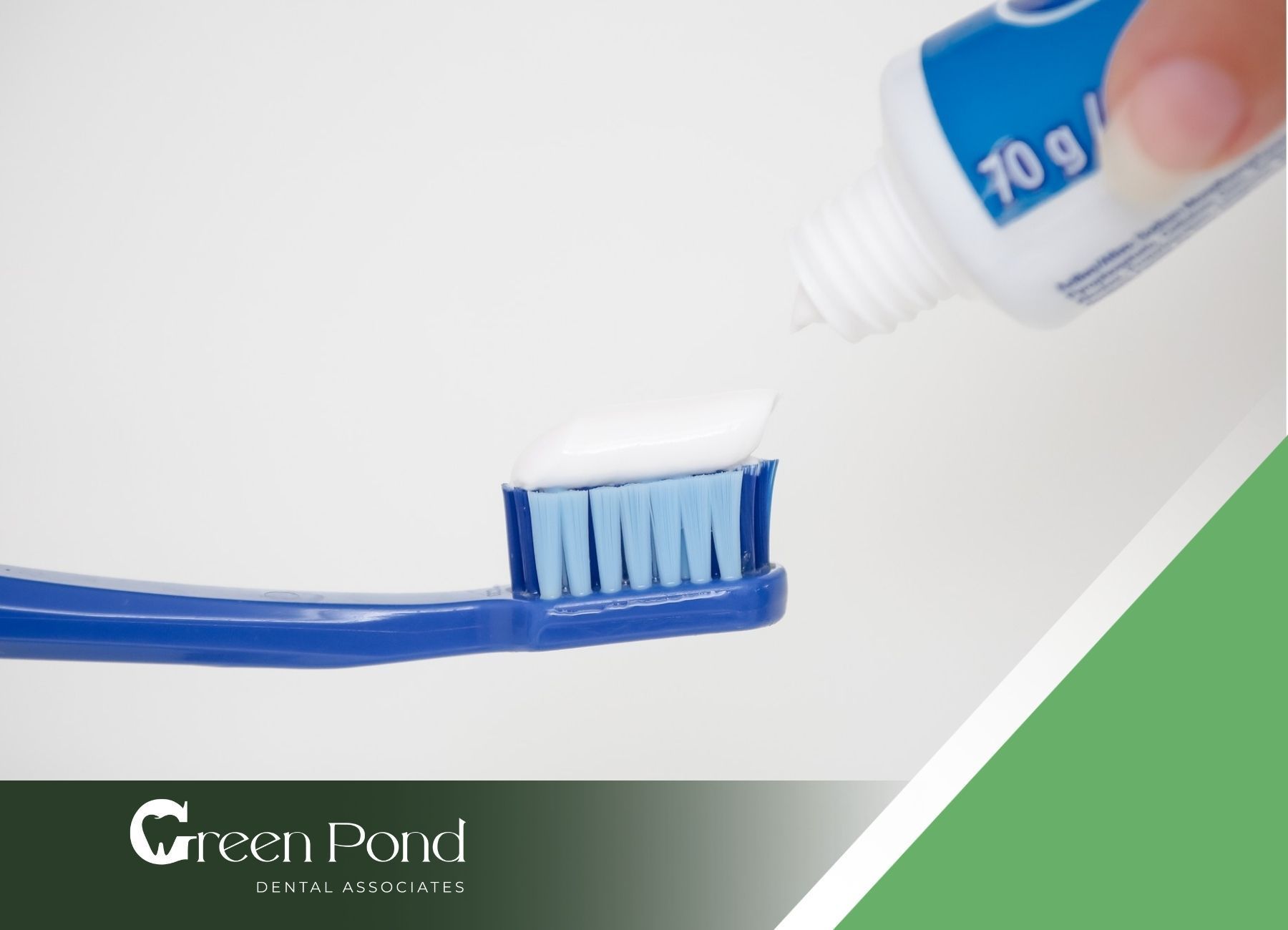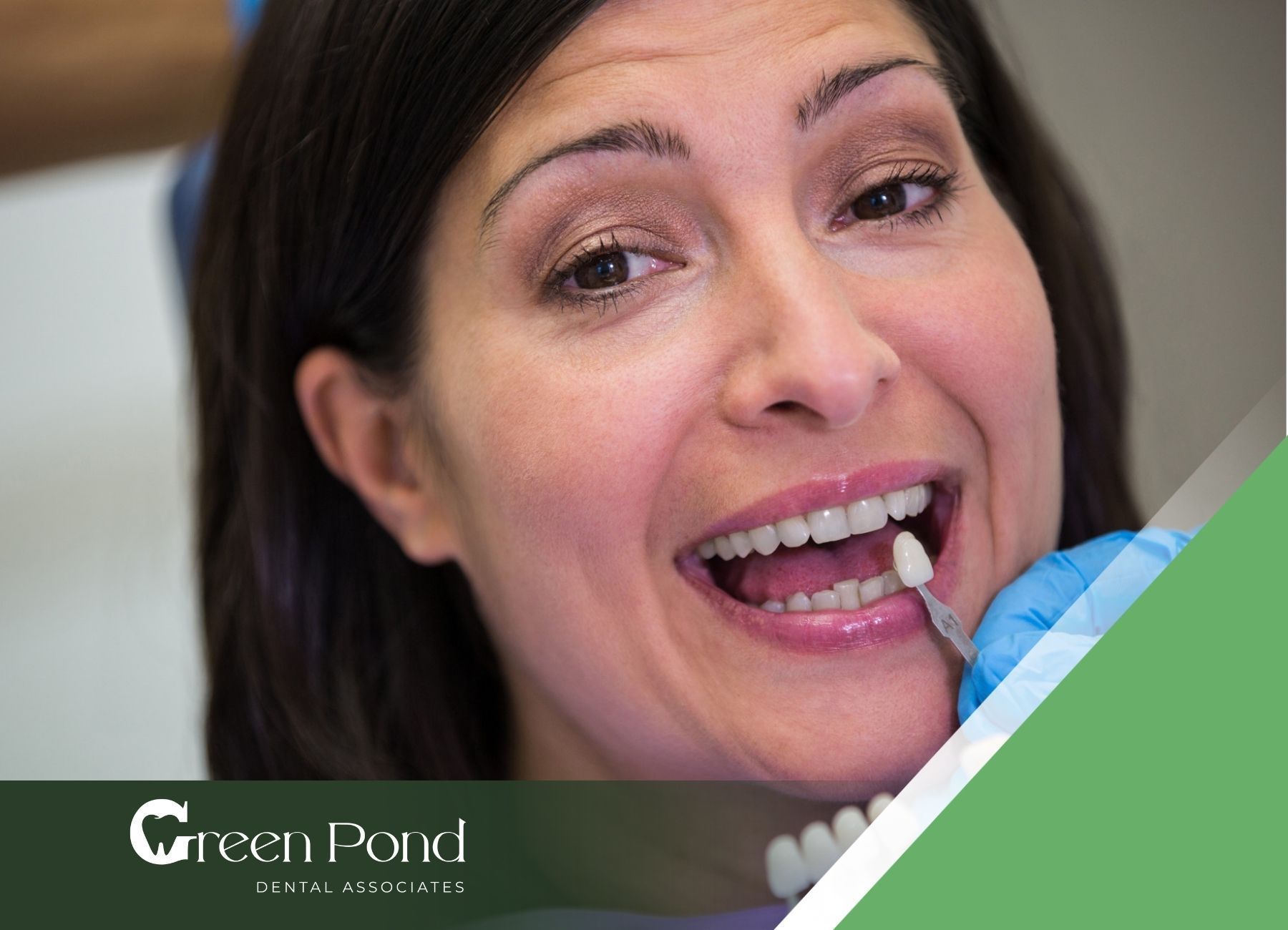Crown Lengthening vs. Gingivectomy: What’s the Difference?
When it comes to achieving a healthier, more aesthetically pleasing smile, crown lengthening and gingivectomy are two common procedures performed to address gum-related concerns. While these treatments may seem similar, they serve distinct purposes and involve different techniques. Understanding the differences between crown lengthening and gingivectomy can help patients make informed decisions about their oral health.
Understanding Crown Lengthening
Crown lengthening is a surgical procedure designed to expose more of the tooth structure by reshaping or removing gum tissue, and sometimes bone, around the tooth. This treatment is primarily performed for functional or aesthetic purposes.
When is Crown Lengthening Needed?
Restorative Needs
Crown lengthening is often required when a tooth is decayed, fractured, or broken below the gum line. The procedure exposes enough tooth structure to secure a crown, filling, or other restoration.
Aesthetic Improvements
For patients with a “gummy smile,” crown lengthening can reshape the gum line to make the teeth appear longer and improve the overall symmetry of the smile.
Access for Dental Treatments
In cases where dental restorations like crowns or bridges are needed, crown lengthening provides better access and space for the dentist to work.
How is Crown Lengthening Performed?
Preparation
The procedure begins with a comprehensive examination and X-rays to evaluate the tooth and surrounding structures.
Surgical Procedure
- Local anesthesia is applied to numb the area.
- The gum tissue is carefully removed or repositioned, and in some cases, a small amount of bone may be removed to expose more of the tooth.
- Once the desired amount of tooth structure is exposed, the gums are sutured into place.
Recovery
- Recovery time typically ranges from 1 to 2 weeks.
- Patients may experience mild discomfort, which can be managed with pain relievers and a soft diet.
Understanding Gingivectomy
A gingivectomy is a surgical procedure that involves removing excess gum tissue. Unlike crown lengthening, it focuses solely on the gums and does not involve any modification to the underlying bone. This procedure is commonly used for therapeutic or cosmetic purposes.
When is Gingivectomy Needed?
Treatment of Gum Disease
Gingivectomy is often performed to remove diseased gum tissue caused by conditions like gingivitis or periodontitis. By eliminating inflamed or infected tissue, it helps reduce periodontal pockets and prevents further damage to the gums and teeth.
Cosmetic Gum Reshaping
Gingivectomy is also used to reshape the gum line for a more balanced and attractive smile. Patients with uneven gums or excessive gum tissue may opt for this procedure.
Improved Oral Hygiene
Reducing excess gum tissue makes it easier for patients to clean their teeth and gums effectively, thereby lowering the risk of future infections.
How is Gingivectomy Performed?
Preparation
A
dental examination determines the extent of gum tissue to be removed. X-rays may be taken to assess the underlying structures.
Surgical Procedure
- Local anesthesia is applied to the treatment area.
- Excess gum tissue is removed using a scalpel, laser, or electrocautery tool.
- The exposed area is cleaned, and a protective dressing may be applied to promote healing.
Recovery
- Recovery time for gingivectomy is generally shorter than for crown lengthening, usually about 1 week.
- Patients may experience mild discomfort, which subsides with proper care.
Key Differences Between Crown Lengthening and Gingivectomy
Purpose
- Crown Lengthening: Primarily functional, aiding in restorative procedures and sometimes used for aesthetic improvements.
- Gingivectomy: Typically performed to treat gum disease or improve the gum line's appearance.
Tissue and Bone Involvement
- Crown Lengthening: Involves reshaping both gum tissue and bone to expose more of the tooth.
- Gingivectomy: Focuses only on removing gum tissue, with no bone modification.
Complexity and Recovery
- Crown Lengthening: A more complex procedure due to bone involvement, requiring a slightly longer recovery period.
- Gingivectomy: Less invasive and generally involves a quicker recovery time.
Indications
- Crown Lengthening: Often indicated for restorative dental needs or correcting a gummy smile.
- Gingivectomy: Typically indicated for treating gum disease or reshaping excess gum tissue.
Conclusion
Crown lengthening and gingivectomy are two distinct but effective periodontal procedures that address different dental concerns. While crown lengthening is often used for restorative or aesthetic purposes, gingivectomy is primarily aimed at treating gum disease or reshaping the gum line. Both procedures can significantly improve oral health and the appearance of your smile.
At Green Pond Dental, we specialize in these gum treatments and more, offering personalized care tailored to your needs. Whether you’re looking to restore a damaged tooth or enhance your smile’s aesthetics, our team is here to help. Contact Green Pond Dental today to learn how we can assist you in achieving a healthy, beautiful smile!
FAQs
Is crown lengthening painful?
Local anesthesia ensures the procedure is pain-free. Post-surgery discomfort is minimal and can be managed with over-the-counter medications.
Can both procedures be done together?
In some cases, crown lengthening and gingivectomy may be combined to address specific dental or cosmetic concerns.
Which procedure is better for a gummy smile?
Both procedures can address a gummy smile, but crown lengthening is often the preferred option for significant changes.
Contact us today
Green Pond Dental - Contact
We will get back to you as soon as possible.
Please try again later.

Green Pond Dental Associates invites you to experience dentistry at its finest. Dr. Bracha Lubart and her skilled team provide unmatched care by using the latest technological advancements and treatment techniques.
* Disclaimer: results are not guaranteed, may not be permanent, and can vary per individual. Some images are of models, not actual patients.
Contact Us
Green Pond Dental. All rights reserved.
Website by Creative Web Services









